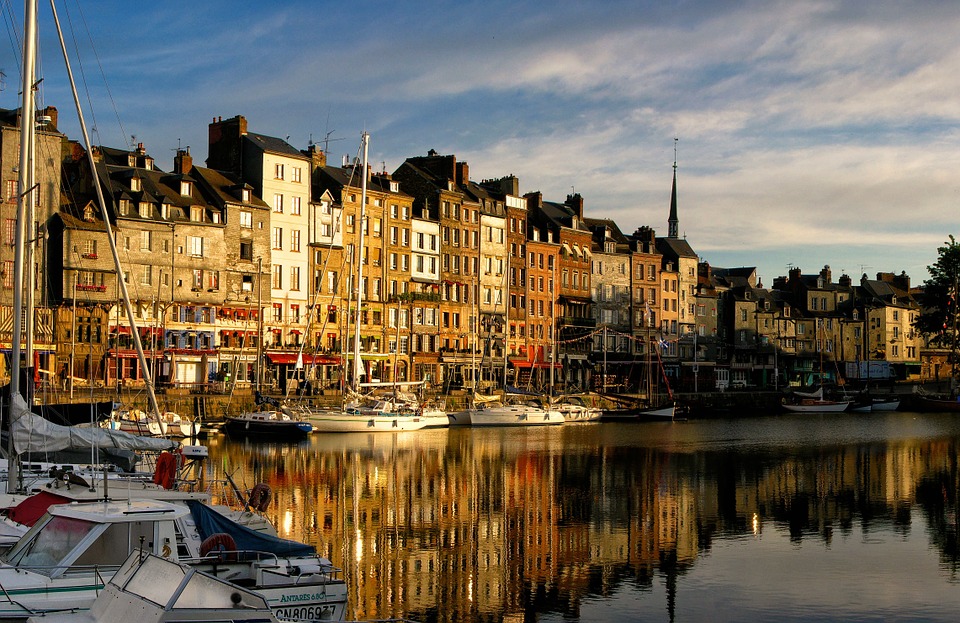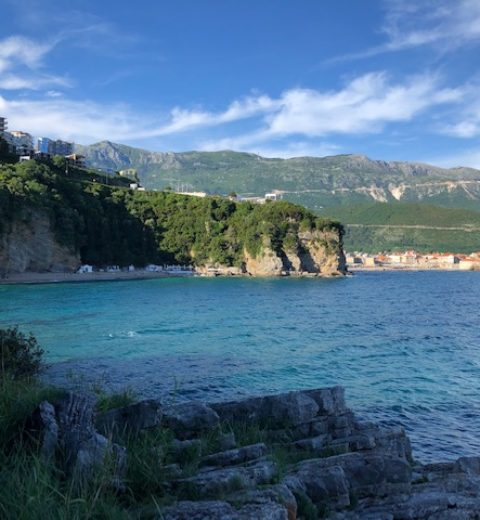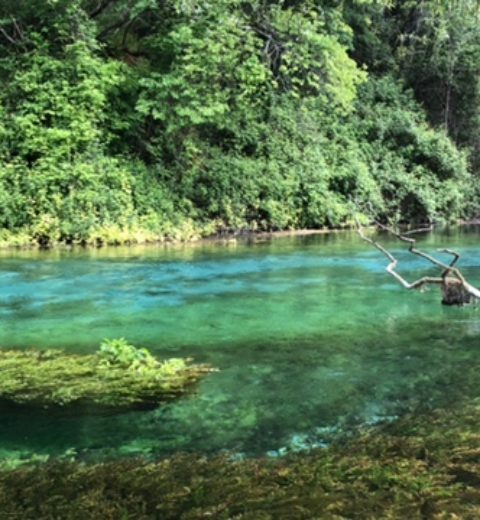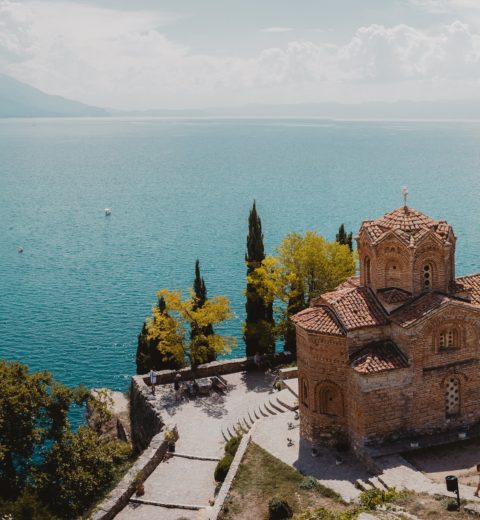7 days in Normandy Part 1, Rouen to Honfleurs
We start our journey through northern France in Rouen, the region’s capital. Direct flights to Normandy’s two main airports in Rouen and Caen can be a bit pricy, so we advise Beauvais-Paris airport, about an hour and a half by car from our first stop.
Rouen, “the city of a hundred towers” as it was once known, is a marvel of Norman gothic architecture, exemplified most majestically by the city’s cathedral. Its main spire, the Tour Lanterne reaches a staggering 151 metres, making it Europe’s tallest man-made structure from 1876 to 1880 (four years wow!), and the third tallest church tower in the present day.

The two lateral towers present the curious distinction of being different in both color and overall appearance. The north tower or Tour Saint Romain was rebuilt at various times, undergoing a complete restoration after it was severely damaged during WWII. The southern tower, the Tour de Beurre or “Butter Tower” acquired its unusual name as the city’s butter merchants financed the construction of the turret during Lent in 1485. On this note one must try the city’s staple food, Fougass aux Lardons a buttered flatbread studded with regional varieties of pork and Camembert, the world-famous cheese that hails from Normandy.

By far the most important landmark in the city, the cathedral was painted 31 times by Claude Monet and was the site of two focal events in medieval French history: The burial of Richard Lionheart’s actual heart and the trial of the French heroine, Joan of Arc. Other sights include the Gros Horloge a clock tower constructed in the 14th century and Rouen castle where Joan of Arc was briefly imprisoned before her untimely execution in the Vieux Marchè the old market square where a modern church was built purposely in old Norman style, the whole edifice looks like an overturned Viking drakkar.

From Rouen we move on towards Honfleur, the pearl of the department of Calvados, said to be the favourite of French impressionists. This seaside town is famous for its characteristic timber framed buildings reflecting gorgeously in the natural bay where the village lies at the mouth of the Seine estuary.

Although the town has only 8000 inhabitants, it takes in a staggering 3 million visitors a year. Historically favoured by Parisian tourists, the tourism demography has become much more varied in recent years. Also owing to this, the Vieux Bassine or old port and city centre is frequently congested by masses of vacationers which has also brought about an explosion of bars, boutiques, creperies and restaurants in the once quaint village. Though seemingly a negative aspect, many of these establishments have set a very high standard from a culinary point of view, and very few can be considered as outright tourist traps. A common advice is to eat a full-course meal toward the centre of town and maybe head for a drink or crepe in the suggestive port area.


In any case do not miss out on the local delicacy, moules à la créme: A dish of buttered local mussels enriched with artisanal butter, crème fraiche and onions. Although Normandy is famed for its dairy products (many of which hold Protected Designation of Origin or DOP status) the seafood is just as outstanding. Many dishes contain a medley of locally trawled shellfish, crayfish, clams, flounders and seabass. The local drink of choice is without a doubt Calvados, a potent apple brandy that takes its name from the department.
Moving away from the port we find the striking Eglise de Saint Catherine one of the oldest still functioning wooden churches in the world, dating from the 1500s. The Boudin museum, named after the famed painter, is a must see for impressionist and pointillist art aficionados. While only 15 minutes by foot exiting the town, we can reach Mt Joli. The summit offers incredible views of the town and the surrounding countryside.

On clear days, the port city of Le Havre can be seen on the other side of the bay together with the “Pont du Normandie” an impressive feat of modern architecture. For years it held the title of longest cable-stayed road bridge in the world. The bridge also has a cycle lane and footpath offering spectacular views of the Seine as it empties into the ocean.

The first part of our tour of Normandy ends here, rest assured though, between Rouen’s bell towers and Honfleurs colours, not to mention the food and drinks, this slice of northern France makes for an unforgettable journey.







